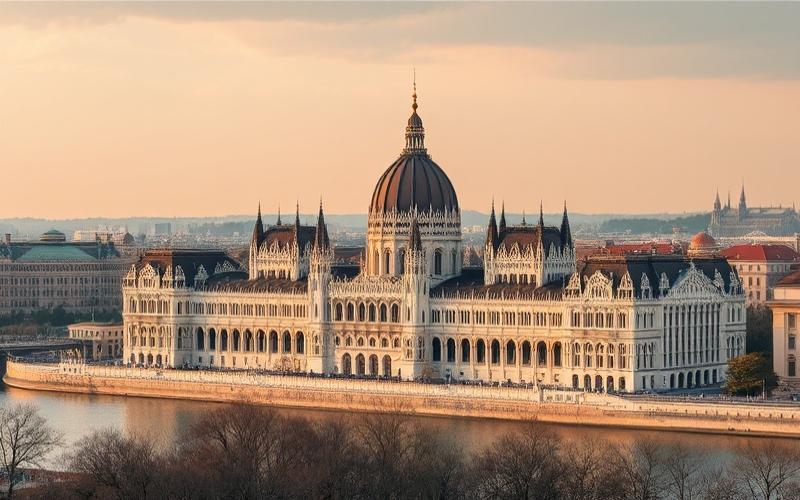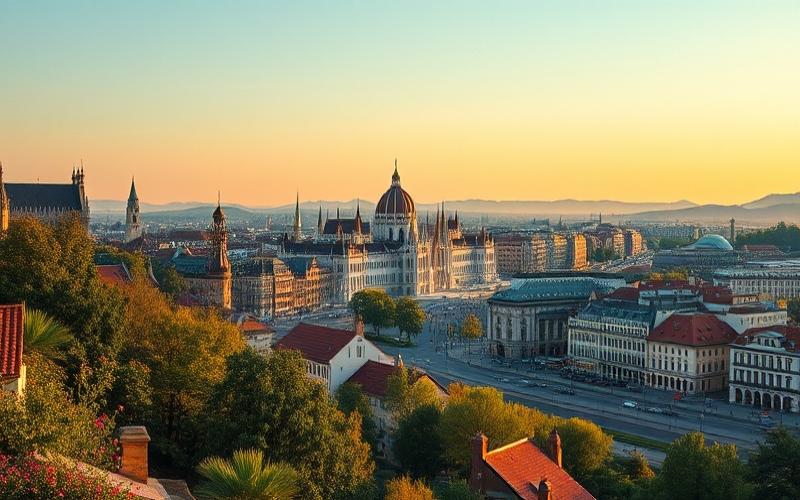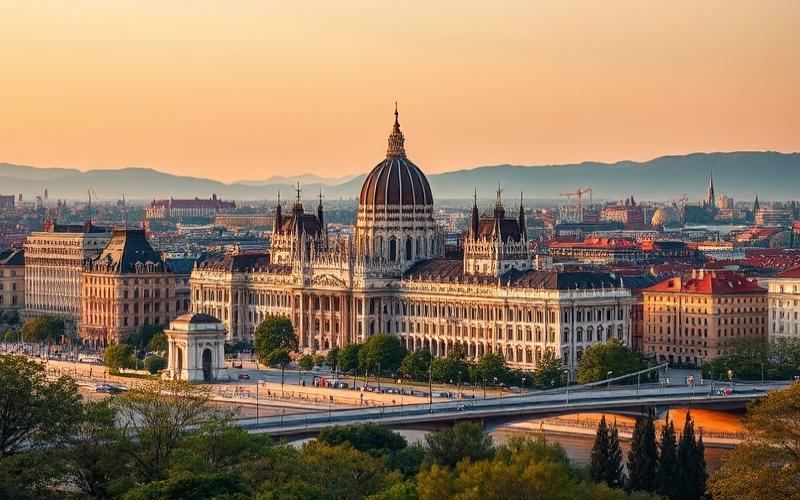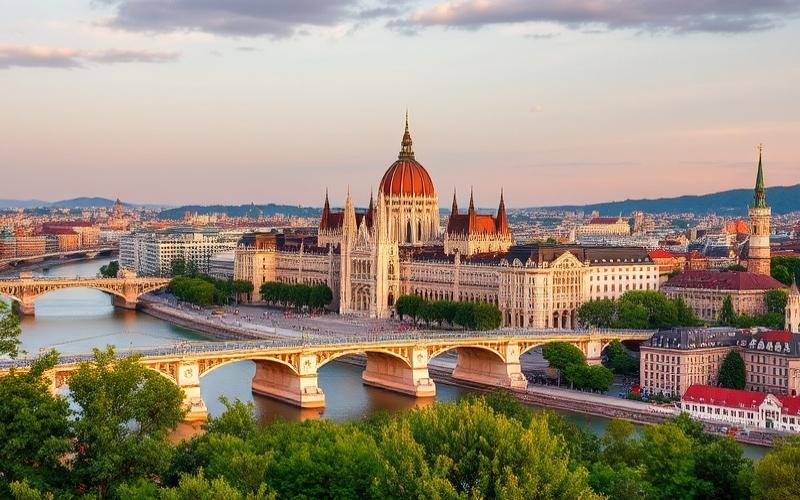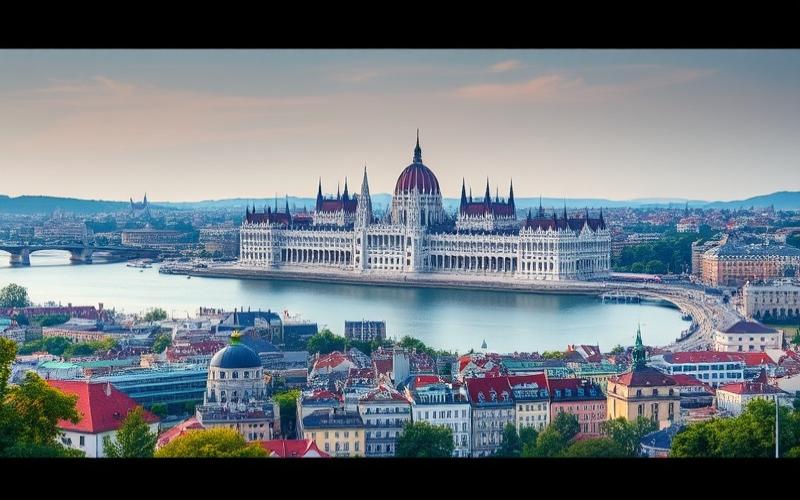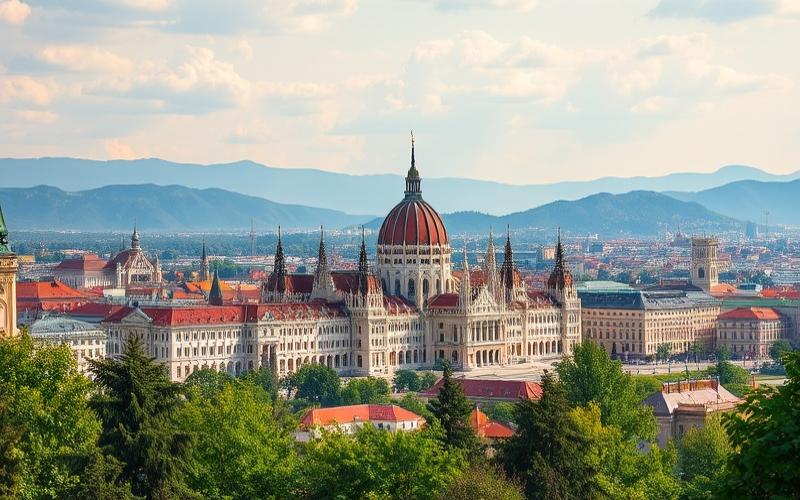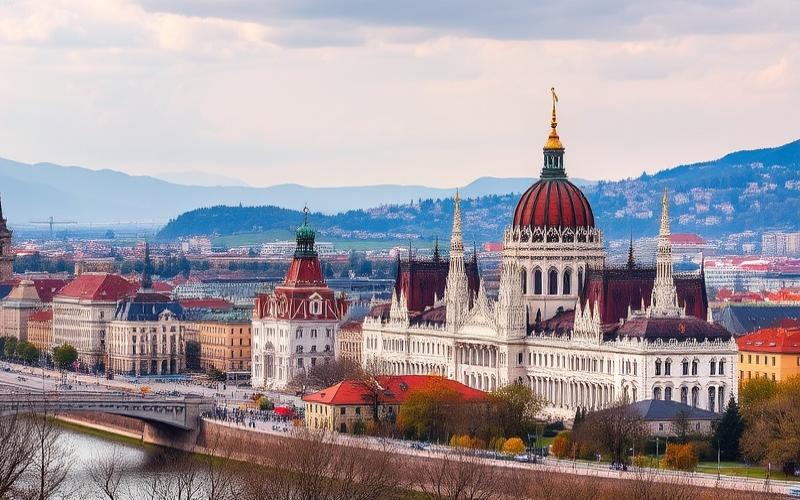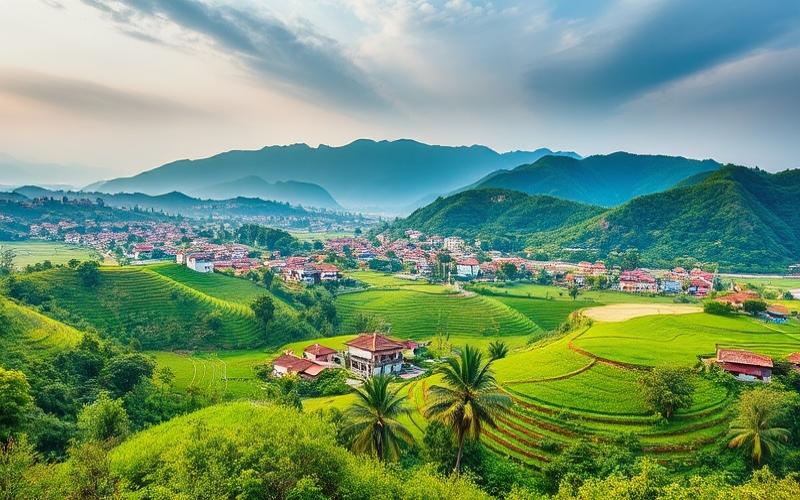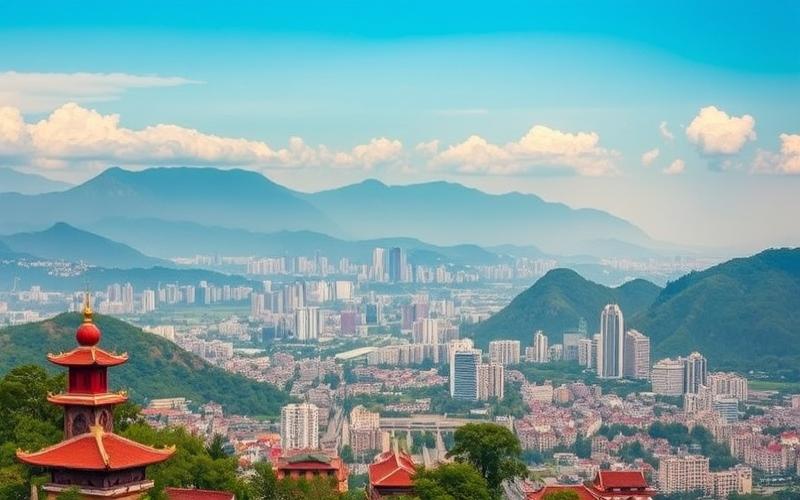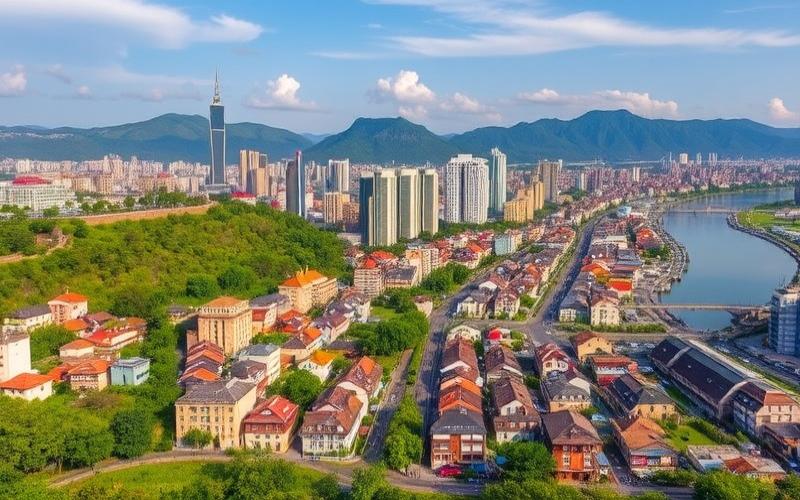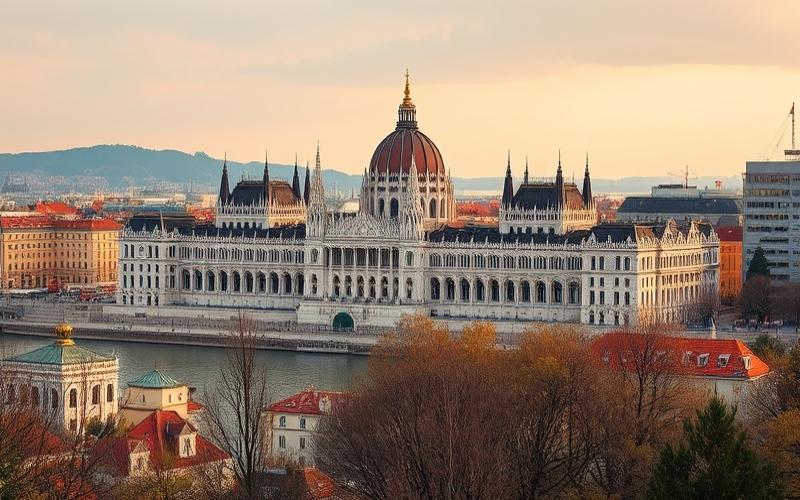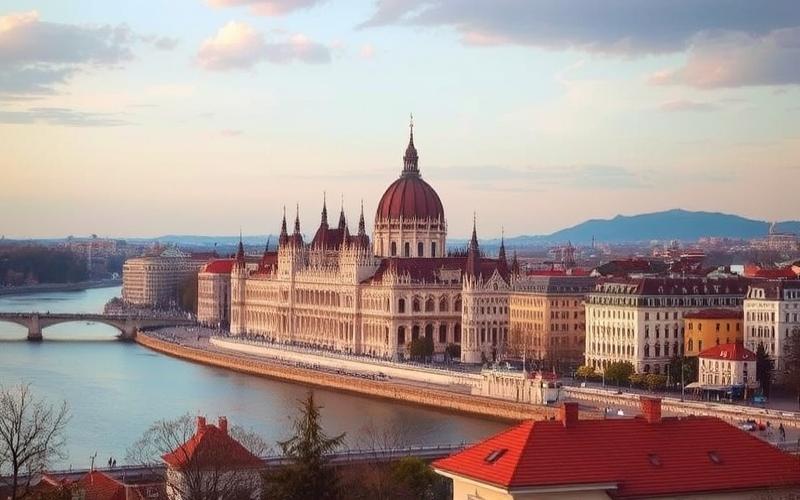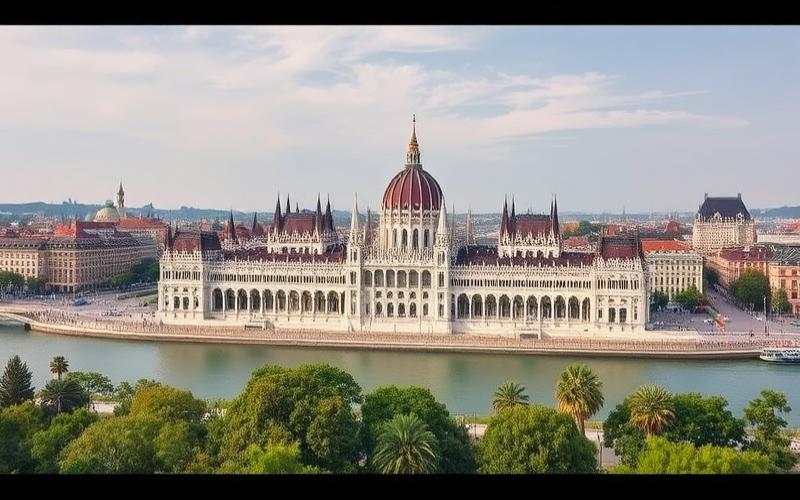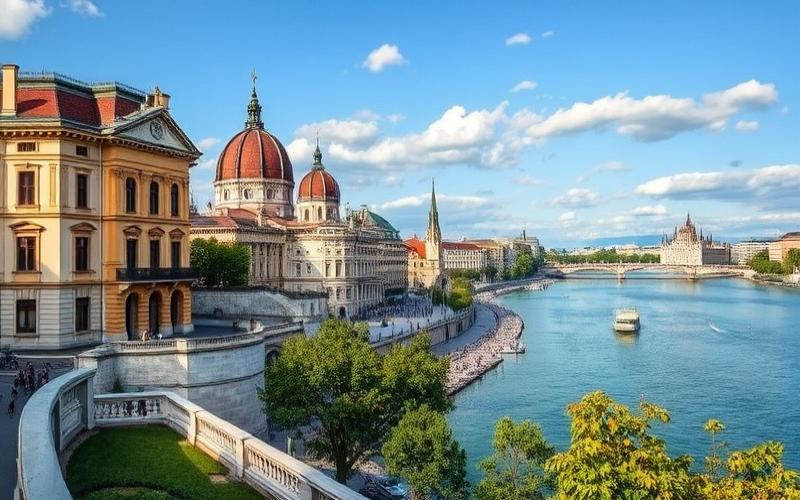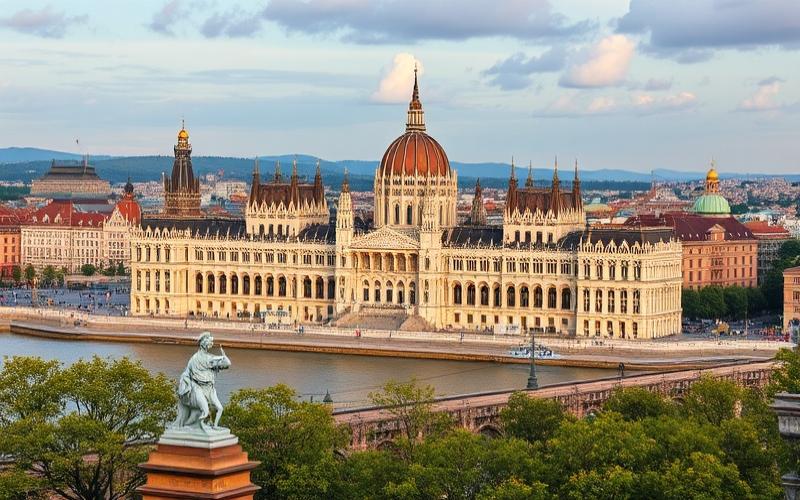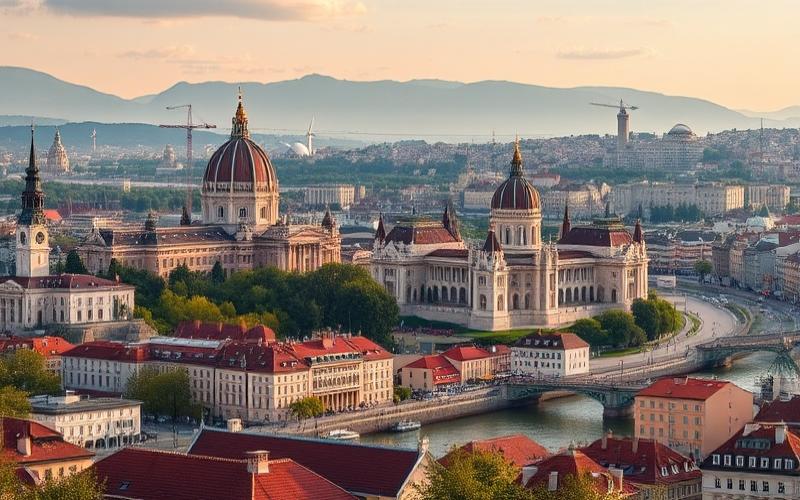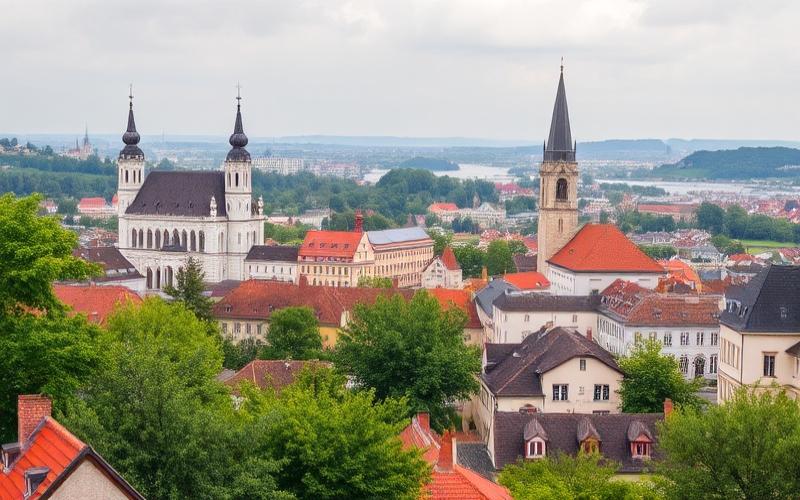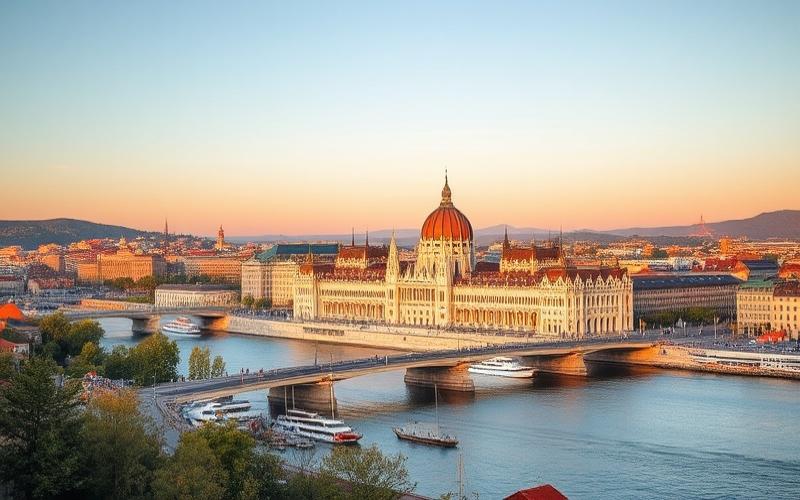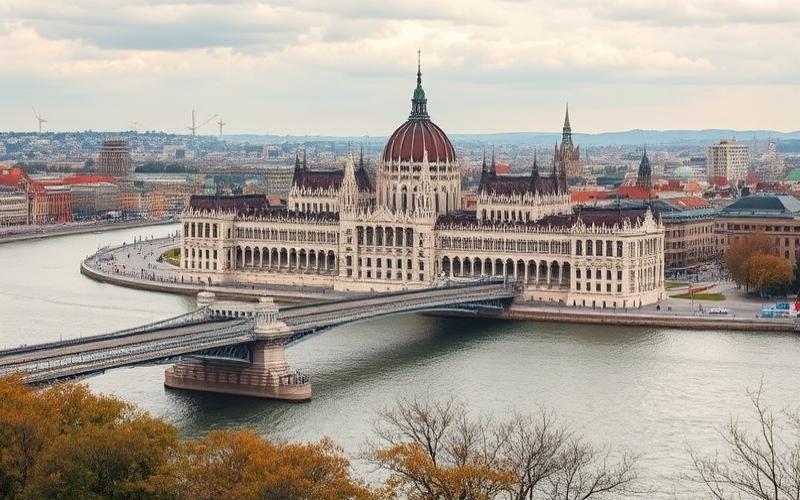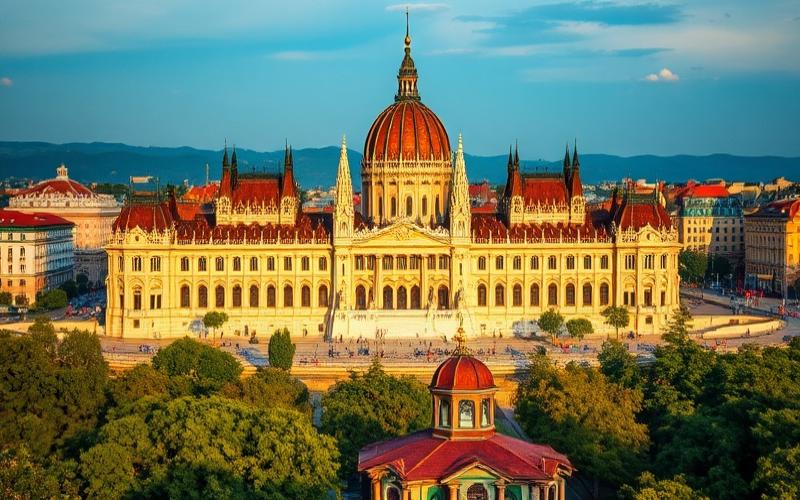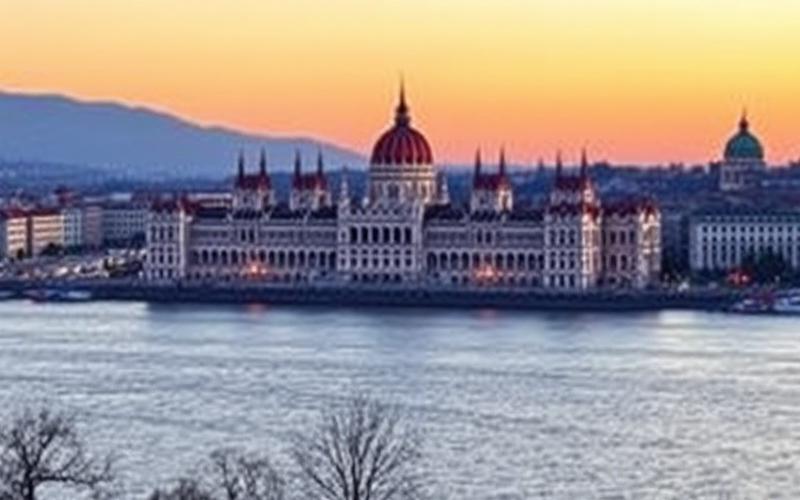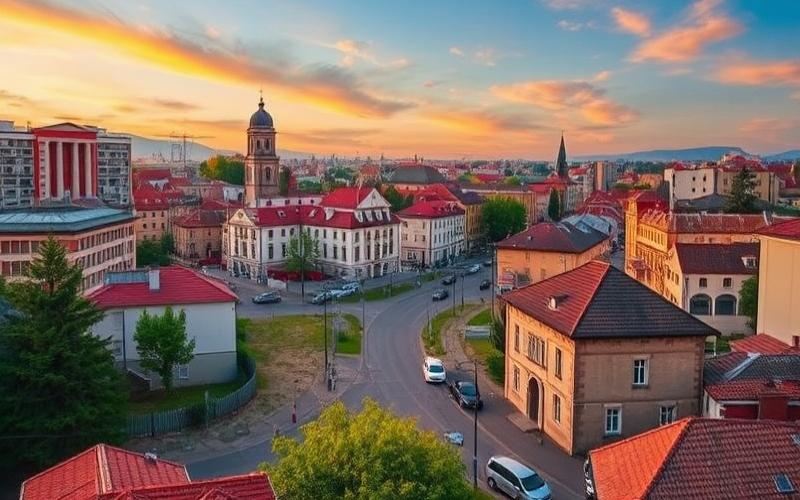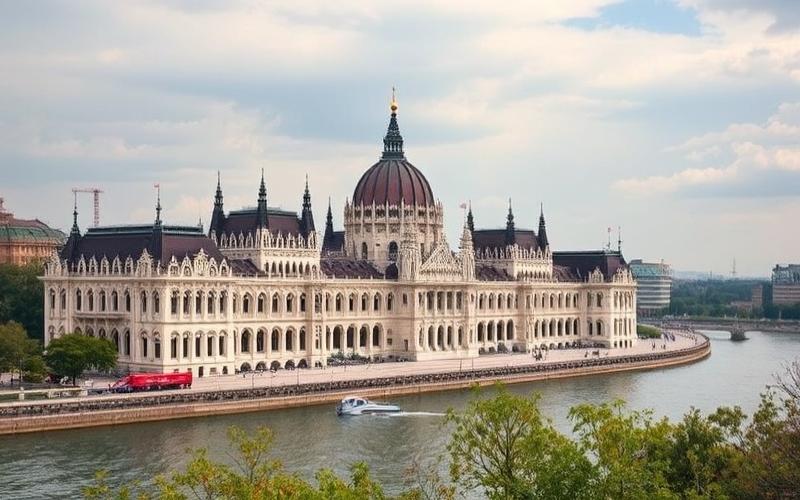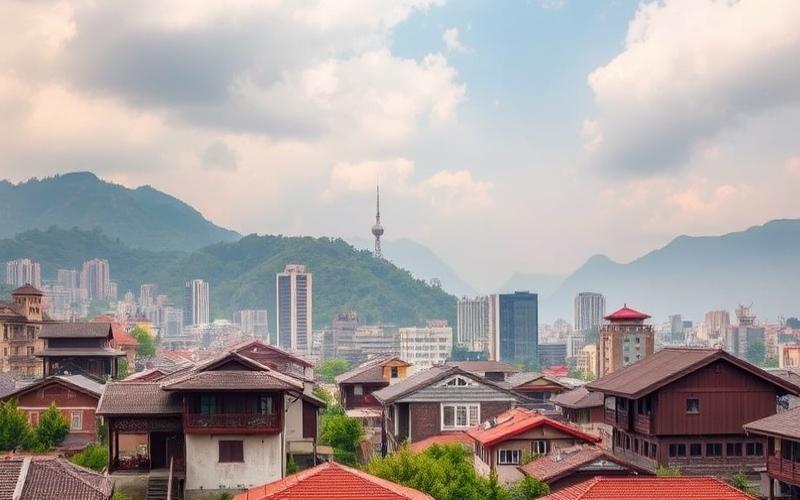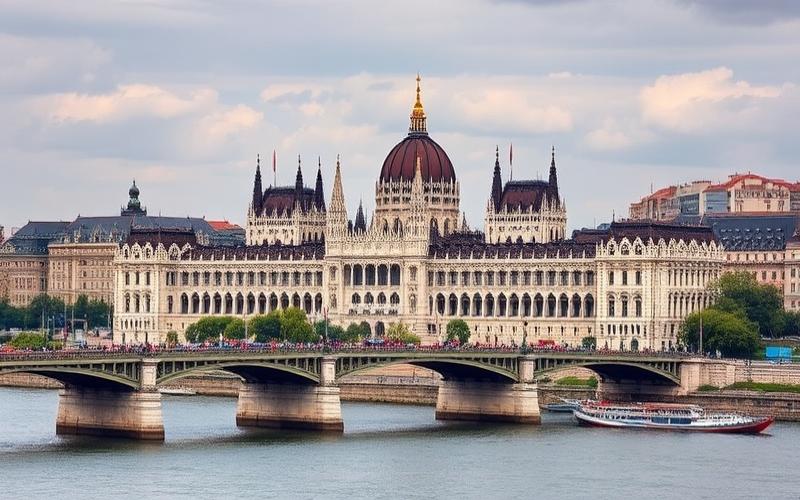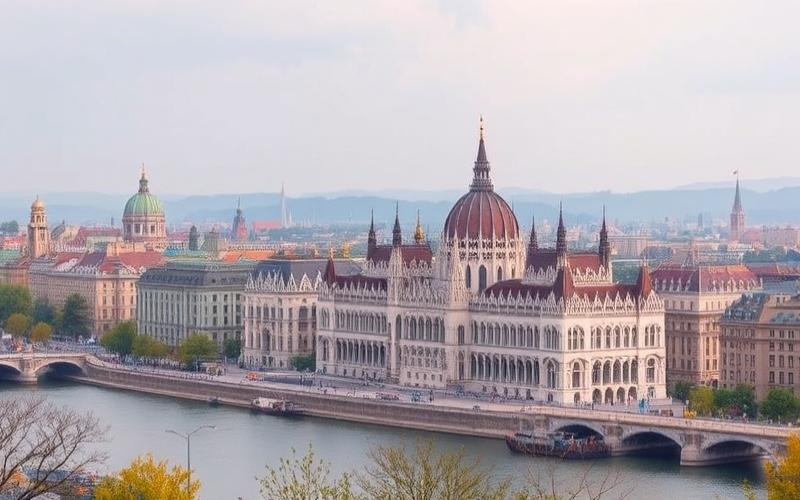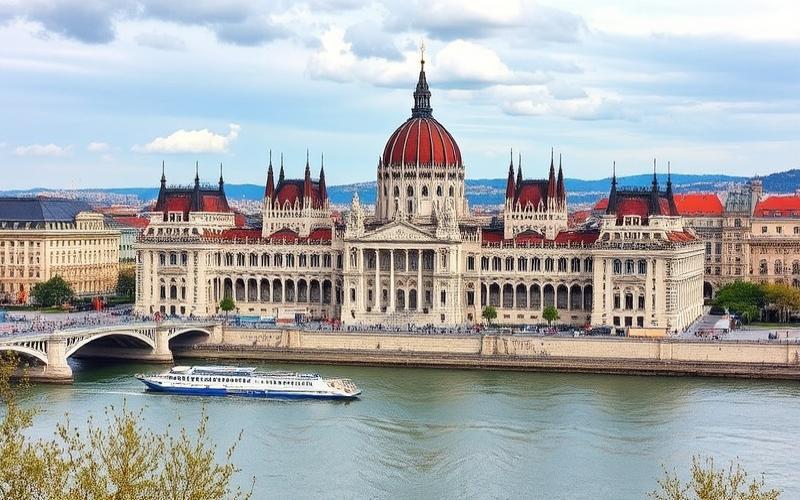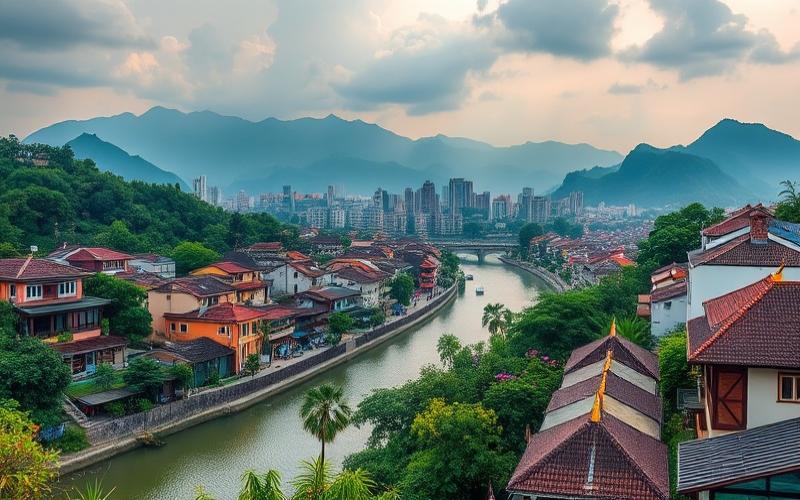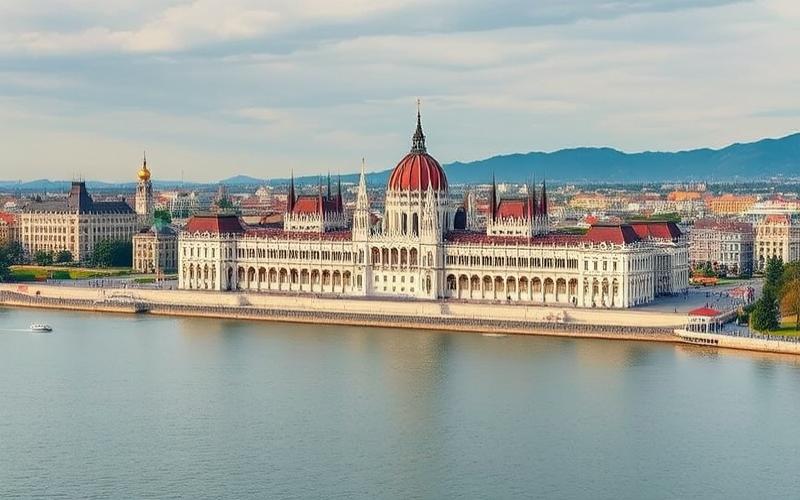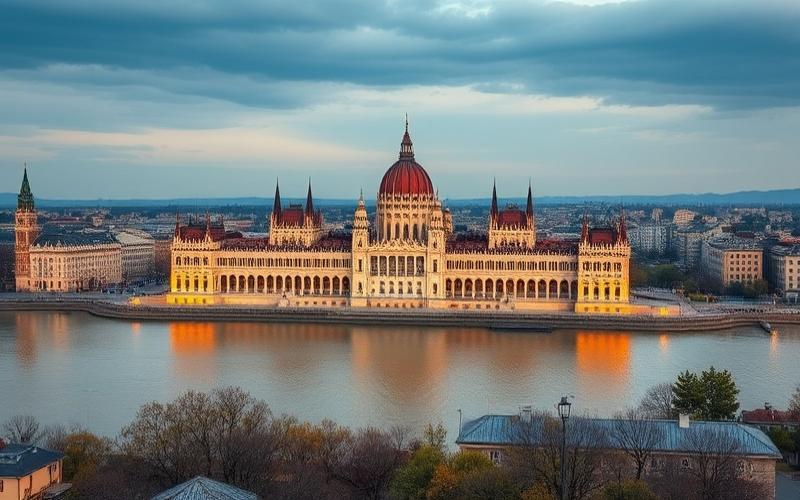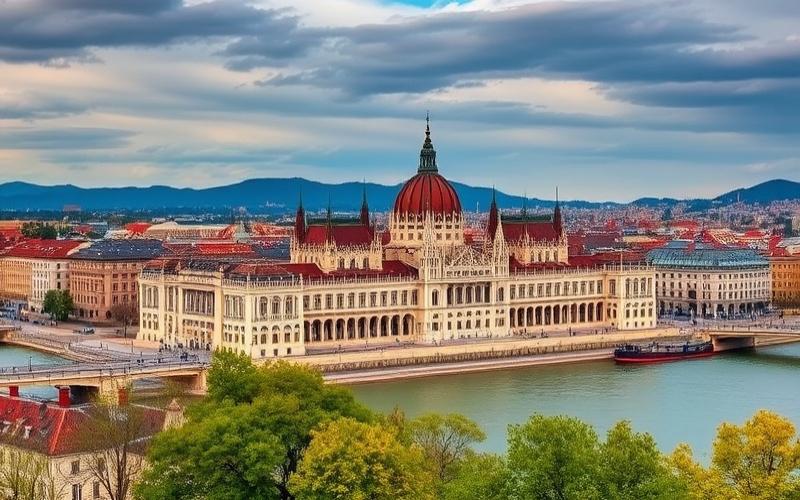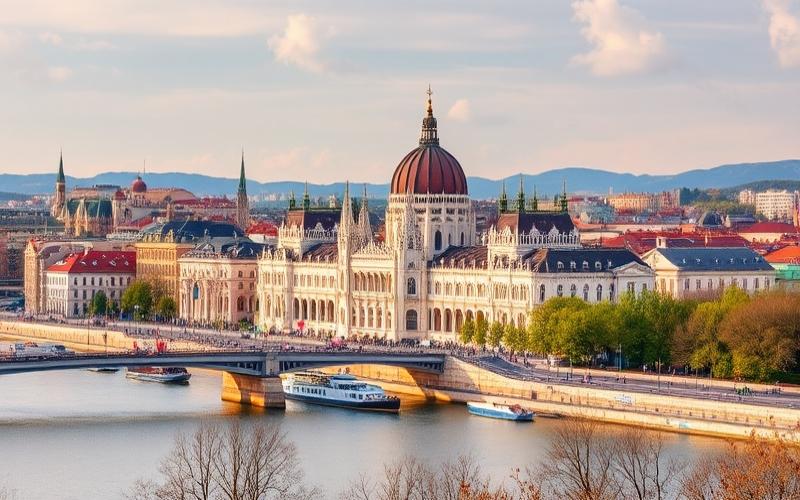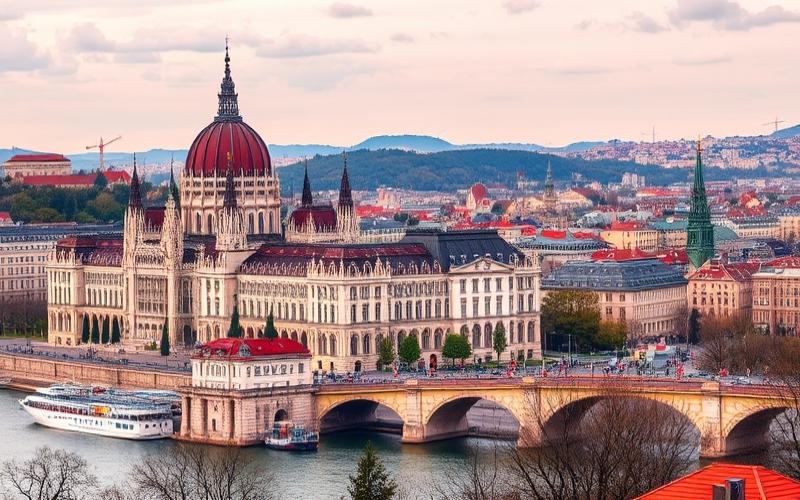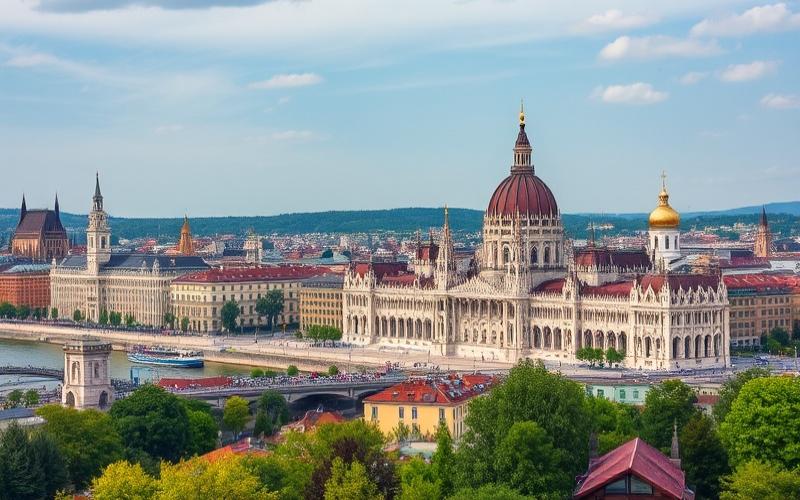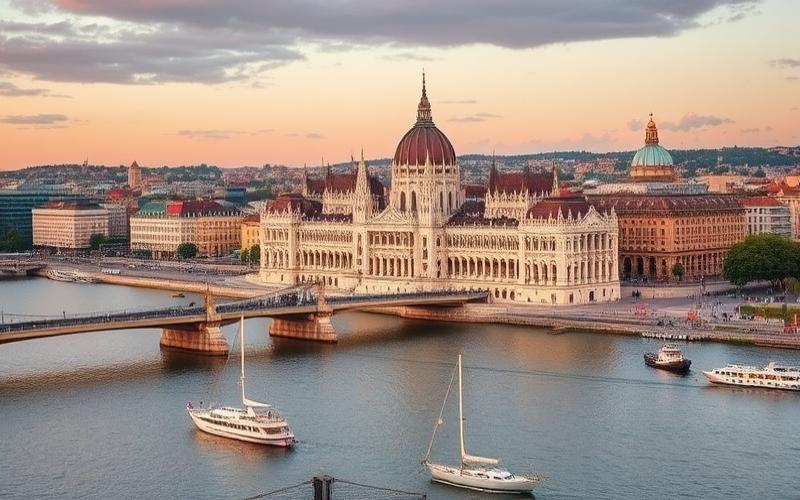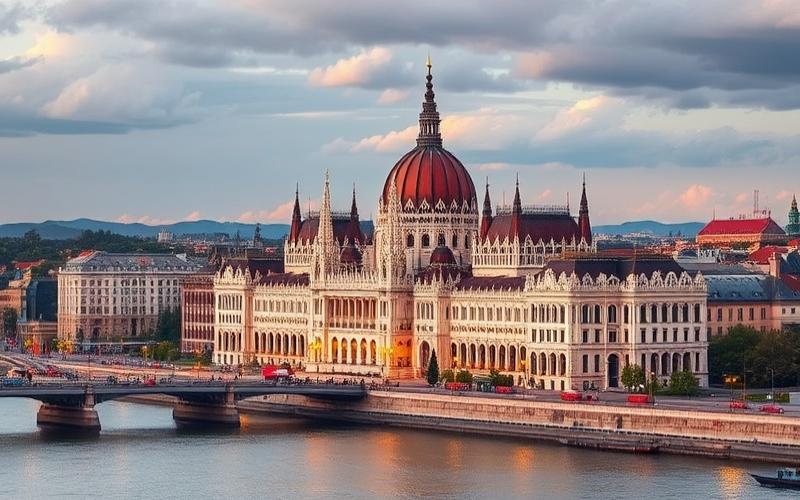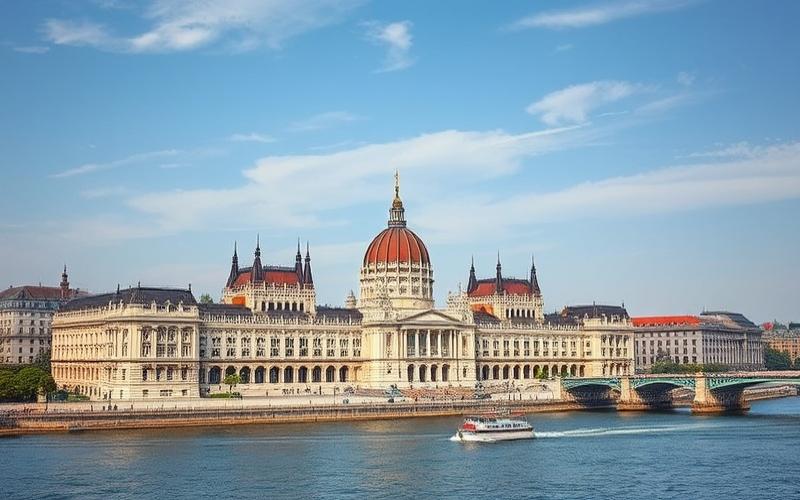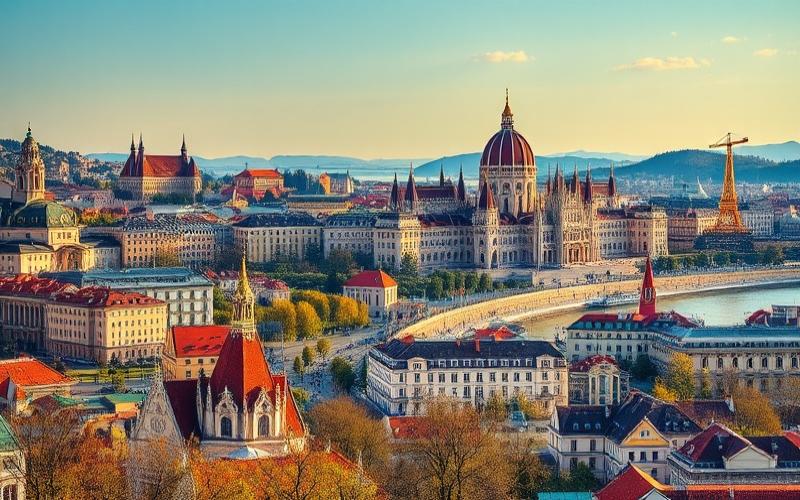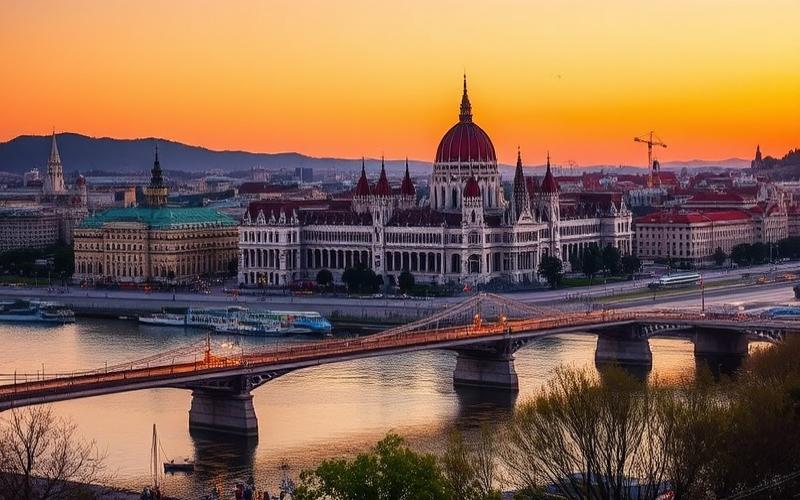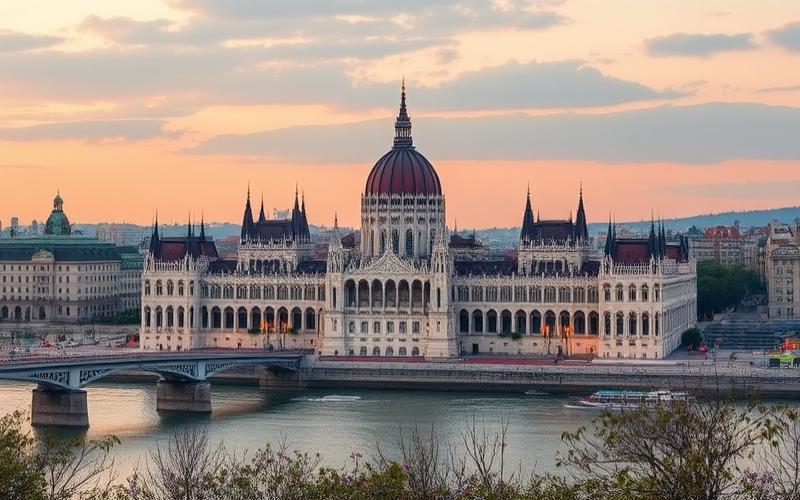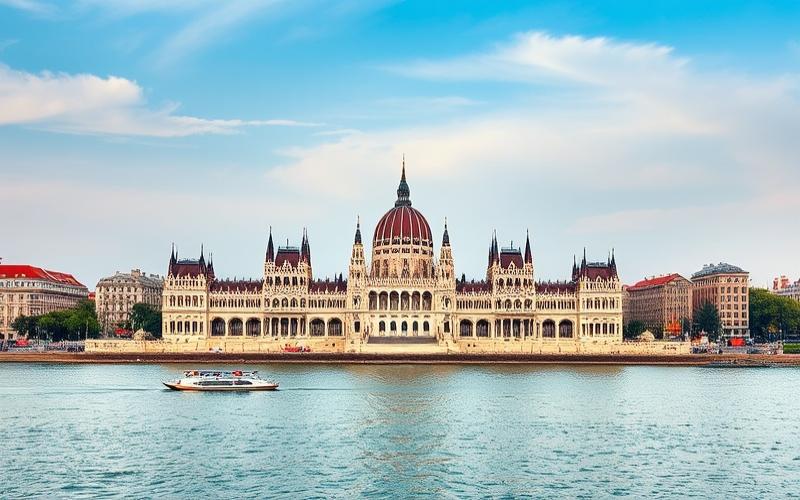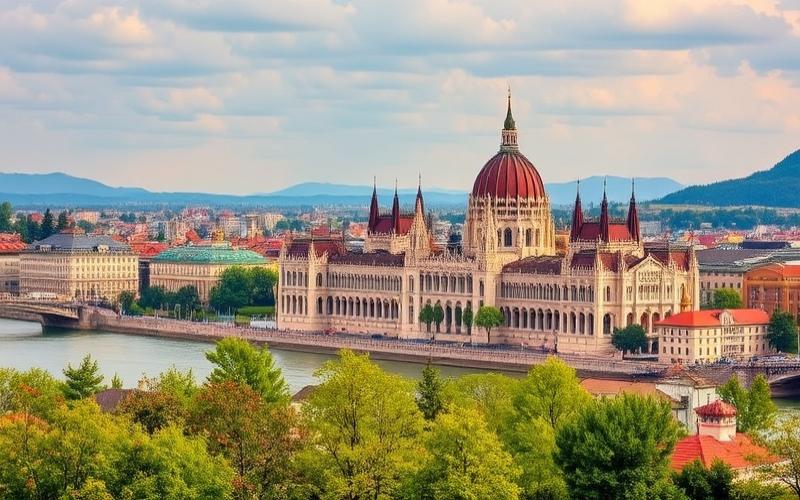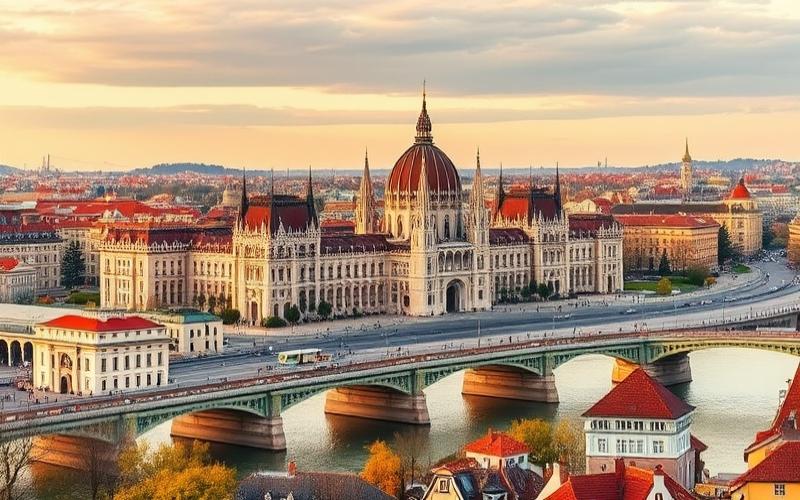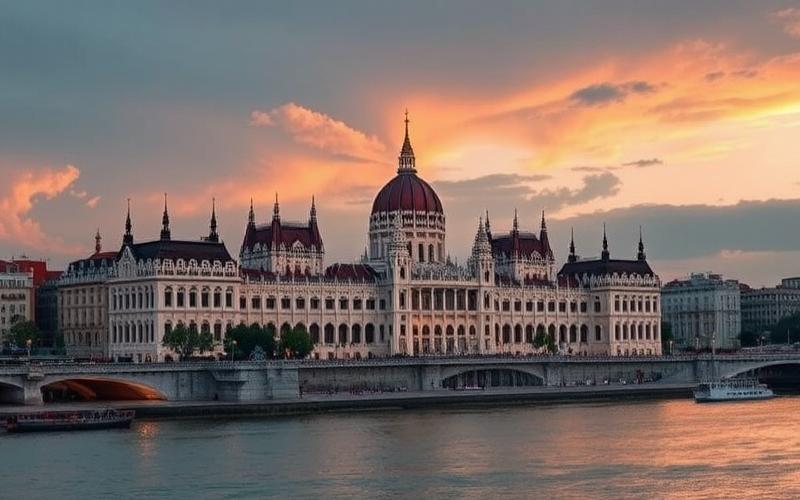
 Published on and written by Cyril Jarnias
Published on and written by Cyril Jarnias
Green Real Estate in Hungary: A National Priority
In Hungary, green real estate is rapidly becoming a national priority, with sustainable construction standards evolving to align with European environmental objectives.
Good to Know:
By 2025, Hungary will strengthen energy efficiency regulations and introduce subsidies to encourage the green transition.
As the real estate sector adapts to these new requirements, property owners and investors are seeking to understand how this regulatory framework will:
- Influence the real estate market
- Transform construction practices
- Create economic opportunities
- Contribute to a more environmentally friendly future
Overview of Green Real Estate in Hungary and Its Challenges
Economic and Environmental Motivations
- Economic Growth: The Hungarian real estate market shows strong profitability, supported by attractive taxation, affordable prices, and macroeconomic stability. This attracts both local and foreign investors, particularly in major cities like Budapest where market growth has exceeded 30% since 2015.
- Energy Transition: Hungary aims to reduce its dependence on fossil fuels (still 70% of energy supply) to limit environmental impact. The rise of renewable energy (biomass, solar, geothermal) is part of this strategy.
- Sustainable Tourism: The country’s tourism appeal drives the development of green buildings to meet growing demand for environmentally friendly accommodations.
Government and Private Initiatives
- Public subsidies to support sustainable real estate investments (tax relief on rental income for eco-friendly projects).
- National programs aiming to exceed the 14.7% renewable energy threshold in gross final consumption.
- Tax incentives:
- Full capital gains exemption after five years
- Systematic deduction of actual expenses
Examples of private initiatives:
– Construction of eco-friendly residential complexes in downtown Budapest incorporating bio-based materials and high-performance energy systems.
| Initiative | Description | Scope |
|---|---|---|
| Public Subsidies | Tax support for green real estate projects | National |
| Private Projects | Buildings combining technology & sustainability | Urban/Budapest |
Current Environmental Standards
- Progressive implementation of European directives regarding energy efficiency of new buildings
- Adoption of “low-energy building” label for certain recent projects
- Growing requirement to use recycled or certified materials
List of commonly used green technologies:
- Photovoltaic solar systems
- Geothermal heat pumps
- Enhanced thermal insulation using natural fibers or recycled materials
- Smart water management (rainwater harvesting)
- Home automation focused on active energy consumption reduction
Main Challenges Encountered
- High initial costs:
- Green technologies incur an estimated 10% to 20% additional cost compared to traditional construction.
- Lack of awareness & expertise:
- Limited local professional training in sustainable construction.
- General lack of knowledge among some investors regarding long-term economic benefits.
- Regulatory obstacles:
- Sometimes complex administrative procedures to obtain “green” permits
- Local variability regarding property taxes or technical requirements
Summary Table – Major Challenges:
| Challenge | Explanation |
|---|---|
| Initial Additional Cost | Higher upfront investment |
| Limited Awareness | Lack of information & skills |
| Complex Regulation | Lengthy or inconsistent procedures |
Successful Exemplary Projects
Non-exhaustive list:
- Eco-residential complex “Corvin Promenade” – Budapest; high-performance insulation, integrated solar panels.
- Passive building “Green Court Residence” – Complete integration of home automation + rainwater harvesting + green facade.
Strategies to Overcome These Challenges
- Strengthening targeted tax incentives to offset initial additional costs
- Public/private partnerships focused on continuous training in sustainable construction
- Regulatory simplification with dedicated one-stop shops for environmental permits
- National information campaigns promoting economic/ecological benefits of green building to the general public
The progressive but determined commitment toward green real estate now places Hungary among emerging European markets where technological innovation rhymes with ecological responsibility.
Good to Know:
Hungary is investing in green real estate to stimulate economic growth while reducing its carbon footprint, thereby meeting its environmental commitments. The Hungarian government, in partnership with the private sector, has implemented initiatives to encourage sustainable construction, such as subsidies for projects meeting certain ecological standards, including the use of recyclable materials and integration of green technologies like geothermal and solar systems. However, the country faces challenges, including high initial costs and lack of public awareness and technical expertise in the industry, in addition to certain regulatory constraints. Pilot projects, such as the Zugló eco-district in Budapest, illustrate the potential of such investments. To overcome obstacles, Hungary is focusing on training professionals, simplifying approval procedures, and tax incentives, thereby strengthening cooperation between public and private sectors.
Green Building Standards in Hungary: Overview of Certifications, Including BREEAM
In Hungary, the main recognized green building certifications in 2025 are BREEAM, LEED, and EDGE, along with ISO standards such as ISO 14001 for environmental management. These certifications play a central role in structuring the Hungarian green real estate market, enabling verification of building environmental performance and adding value to sustainable real estate projects for investors, developers, and users.
Role and Importance of Green Building Certifications:
- They serve as a common reference for assessing, comparing, and improving energy performance, environmental impact, and occupant comfort.
- They facilitate access to green financing (green bonds), enhance long-term property value, and enable better regulatory risk management.
- They help align the Hungarian sector with European standards, meeting growing sustainability requirements.
Comparative Table – Green Building Certifications Present in Hungary (2025)
| Certification | Origin | Presence | Specificities |
|---|---|---|---|
| BREEAM | United Kingdom | Strong | Broad assessment spectrum; local adaptation |
| LEED | United States | Medium | International focus; less locally adapted |
| EDGE | World Bank/IFC | Growing | Simplified process; affordable |
| ISO 14001 | International | Widespread | Environmental management system |
BREEAM Assessment Criteria Applied to Hungarian Context:
- Sustainable energy management
- Rational water use
- Responsible material selection (preference for local/recycled)
- Indoor space health quality
- Accessibility via soft or public transport
- Effective waste management during construction and operation
In Hungary, these criteria are adapted by:
- Considering local continental climate in energy sizing.
- Promoting short supply chains to limit material carbon footprint.
Synthetic Application Example:
- Mandatory installation of smart systems to track water/energy consumption.
- Contractual obligation with local companies certified ISO or equivalent for green construction sites.
Acceptance & Impact on Hungarian Green Real Estate Market
International certifications like BREEAM now benefit from broad institutional (local authorities) and private recognition:
- Notable increase (>30% between 2022–2024) in number of new green-labeled buildings in metropolitan Budapest.
Recent Case Study:
| Project |
|---|
| Millennium Gardens (Budapest): Office building delivered end of 2024. Certified BREEAM Excellent. • Estimated annual CO₂ reduction: -40% vs standard building • Observed rental premium: +15% • Initial occupancy rate: >95% |
Quick comparison with EDGE:
The EDGE certification is particularly appreciated for residential or hotel projects where it allows a more flexible approach focused mainly on three quantitative aspects:
- Energy savings ≥20%
- Water consumption reduction ≥20%
- Material carbon footprint reduction ≥20%
The EDGE approach appeals due to its simplicity but remains less comprehensive than BREEAM on certain qualitative aspects related to well-being.
In summary
International labels strongly structure sustainable real estate development in Hungary: they influence both architectural design and final marketing, while accelerating the transition toward a competitive low-carbon building stock at European scale.
Good to Know: In Hungary, the green real estate market in 2025 is heavily influenced by green building certifications, particularly BREEAM, which plays a key role in assessing building environmental performance. BREEAM, known for its rigorous criteria, evaluates constructions based on several parameters such as energy efficiency, water management, and waste reduction, which are adapted to Hungary’s climatic and economic specificities. The importance of these certifications lies in their ability to enhance real estate project value while ensuring compliance with global sustainability objectives. Compared to other international standards, like LEED or HQE, BREEAM is well accepted in Hungary and positively influences the trend toward sustainable construction, with recent studies showing that approximately 40% of new real estate projects integrate these standards. The enthusiasm for certified constructions results partly from growing awareness of the economic and environmental benefits they bring, strengthening attraction potential for sustainability-conscious investors.
Renewable Energy Subsidies in Hungary: Opportunities and Procedures
Types of Subsidies Available in 2025 for Green Real Estate in Hungary
- Solar Energy:
- National and European subsidies via the National Recovery Plan (NRP) with a total envelope of 150 billion HUF specifically dedicated to solar and wind.
- Calls for projects for residential, commercial, and industrial installations, supporting both small projects (individuals, condominiums) and large solar farms.
- Wind Energy:
- The regulatory framework has been revised to encourage multiplication of wind farms, with open tenders under the METÁR program. Objective: triple installed capacity by 2030.
- Geothermal Energy:
- Jedlik Ányos Energy Program endowed with 12 billion HUF to support installation of geothermal systems producing heat and electricity outside Budapest. Priority to projects using existing wells.
| Technology | Potential Amount | Type(s) of Aid | Main Targets |
|---|---|---|---|
| Solar | Up to several million HUF depending on project | Direct subsidies, NRP/METÁR tenders | Residential, industrial |
| Wind | Several million HUF | METÁR tenders | Industrial/large developers |
| Geothermal | Up to full allocated budget (12 billion HUF possible for major project) | Direct subsidy | Local communities/companies |
Eligibility Criteria
- Location outside Budapest for geothermal.
- Project compliant with Hungarian/EU environmental standards.
- Commitment to timelines: completion within three years after obtaining subsidy.
- For solar/wind: connection to national grid required or collective self-consumption possible depending on call for project type.
Administrative Procedures & Involved Institutions
List of Main Steps:
- Preparation of detailed technical file (mandatory preliminary energy study).
- Submission via official platforms:
- Hungarian Ministry of Energy
- Hungarian Energy and Public Utility Regulatory Authority (MEKH)
- National Recovery Plan Portal
- Official Jedlik Ányos Energy Program platform
- Possible public consultation before final validation.
Key Institutions:
- Hungarian Ministry of Energy
- MEKH (Magyar Energetikai és Közmű-szabályozási hivatal)
Practical Tips to Optimize Application:
- Gather all technical justifications from the start to accelerate administrative process.
- Regularly consult official calendars and subscribe to news alerts on institutional portals.
- Plan realistic schedule considering maximum legal deadline imposed by each call for project.
Recent Developments Influencing Green Real Estate Subsidies
List of Major Trends Observed in Hungary Since Late 2024:
- Strong growth in number of residential solar installations (+17,000 systems between December 2024 and March 2025).
- Regulatory simplification facilitating access to permits – including dedicated entrepreneurial residency for renewable sector.
- Rapid emergence of storage solutions coupled with green energy thanks to national envelope increased to over 300 billion HUF early 2025.
Amounts awarded vary significantly depending on technology used, geographical location, and real estate project ambition. It is essential to regularly follow ministerial announcements to anticipate any major regulatory or budgetary developments affecting these schemes before official file submission.
Good to Know:
In 2025, Hungary offers several subsidies to encourage green real estate projects, particularly those intended for installation of renewable energy technologies such as solar, wind, and geothermal. These subsidies can cover up to 50% of total costs, provided projects meet energy efficiency and sustainability standards defined by the government. Eligibility criteria include technical viability of projects and contribution to carbon emission reduction. To obtain these subsidies, a detailed application must be submitted to the Hungarian Environmental Innovation Agency, ensuring demonstration of the project’s expected ecological impact. Consulting local experts is advised to optimize the application and accelerate approval process, as requirements may evolve with recent transitions toward a greener economy observed in Hungary. Vigilance regarding recent legislative developments, such as additional tax incentives, can also maximize obtained funding.
Future of Eco-Responsible Real Estate in Hungary: Trends and Perspectives
Eco-responsible real estate in Hungary is undergoing a transformation dynamic, driven by growing adoption of green technologies, use of sustainable materials, and increasing involvement of public authorities.
Current Trends
- Adoption of Green Technologies:
- Solar panels, high-performance insulation, and solar collectors are among the most popular solutions for individuals.
- Heat pumps, inverter air conditioners, and smart bricks are gaining recognition.
- Geothermal energy is now a national priority, with government willingness to accelerate its exploitation.
- Sustainable Construction Materials:
- Prefabricated houses, combining energy efficiency and reduced carbon footprint, are attracting a growing number of urban households.
- Low environmental impact materials and compact solutions (tiny houses) meet increasing demand for affordable and ecological housing.
| Technology or Material | Adoption Rate or Popularity | Main Advantage |
|---|---|---|
| Solar Panels | 91% | Reduction of energy costs |
| High-Performance Insulation | 87% | Improved thermal comfort |
| Solar Collectors | 79% | Ecological hot water production |
| Heat Pumps | 56% | Sustainable heating/cooling |
| Sustainable Prefabricated Houses | Increasing | Fast and ecological construction |
Short and Long Term Perspectives
- Short term (until 2025):
- Acceleration of photovoltaic and thermal solution installation.
- Development of prefabricated housing supply, mainly in large cities.
- First concrete applications of national geothermal plan.
- Long term (beyond 2025):
- Generalization of innovations in smart energy management (home automation, smart grids).
- Growth of energy renovation market, particularly for old buildings in Budapest.
- Diversification of bio-based and recycled materials in new construction.
Potential Challenges
- Cost of Green Technologies: despite recognition of their long-term profitability, initial cost remains a barrier for part of the population.
- Regulation: complexity of energy and environmental standards can slow implementation of innovative projects.
- Access to Subsidies: administrative procedures and fluctuation of public aid can limit access to support schemes.
Expansion Opportunities
- Strong demand for social and economical eco-responsible housing, particularly in large urban areas.
- Unexploited potential of geothermal energy and alternative construction materials.
- Growing expectations from young households and investors for low-carbon housing solutions.
Public Policies and Subsidies
- Promotion of Geothermal Energy by Hungarian government, in partnership with EU, to strengthen energy security and reduce dependence on fossil fuels.
- European and National Funds dedicated to energy efficiency, renovation of old buildings, and innovation in sustainable construction.
- Tax Incentives for installation of solar panels, heat pumps, and energy renovation of housing.
- 2025 Objective: accelerate transition toward green real estate through combination of regulatory, financial, and educational measures.
In Hungary, the future of eco-responsible real estate will depend on the ability to democratize access to green technologies, simplify regulation, and amplify impact of public subsidies. Planned innovations and mobilization of public authorities could make Hungary a regional model in sustainable real estate by 2025.
Main Promotion Levers by 2025:
- Continuation of tax incentives and innovation subsidies.
- Development of public-private partnerships for prefabricated housing.
- Increased awareness among individuals and professionals about importance of energy performance and sustainable materials.
Good to Know:
In Hungary, the future of eco-responsible real estate is taking shape around increased adoption of green technologies such as geothermal heating systems and solar panels, as well as use of sustainable construction materials like certified wood and recycled bricks. In the short term, innovations like passive house solutions are gaining ground, as are government initiatives aiming to reduce VAT for ecological constructions. Subsidies planned by 2025 encourage green practices, but the high cost of new technologies and complexity of regulations sometimes slow their adoption. Among opportunities, the Hungarian market could distinguish itself in Central Europe through strengthened public policies in favor of sustainable urban planning. However, market expansion remains conditional on training qualified workforce and increased awareness among investors and property owners about environmental and economic advantages of green real estate.
Disclaimer: The information provided on this website is for informational purposes only and does not constitute financial, legal, or professional advice. We encourage you to consult qualified experts before making any investment, real estate, or expatriation decisions. Although we strive to maintain up-to-date and accurate information, we do not guarantee the completeness, accuracy, or timeliness of the proposed content. As investment and expatriation involve risks, we disclaim any liability for potential losses or damages arising from the use of this site. Your use of this site confirms your acceptance of these terms and your understanding of the associated risks.

